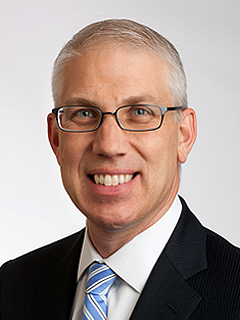2025 Banking Survey: Technology
Insights on technology, innovation, and security in the banking industry

2025 Banking Survey Technology
Download PDFThe 2025 Banking Survey shows banks balancing immediate priorities like security and customer experience with long-term tech modernization, including significant investments in digital channels and GenAI for fraud detection and cybersecurity. Despite challenges in data privacy and quality, banks are increasing their cybersecurity budgets and using ISO 20022 compliance to add value and differentiate their offerings.
We asked 200 executives across departments ranging from strategy to IT to assess their tech maturity, identify key investments, and evaluate their readiness for new tech paradigms that have the potential to create substantial operational and customer value.
01
Digital transformation
02
Core modernization
03
GenAI
04
Data modernization
05
Cybersecurity
06
Payments modernization
Dive into our thinking:
Learn what Banks are thinking
Gain next-step knowledge from KPMG action plans by downloading the new 2025 Banking Technology Survey
Download PDFKey findings from the survey:
Explore more

Modernizing Payments: a new era
Financial institutions and retailers are overhauling their payment systems to align with evolving customer expectations and maintain a competitive edge.

Ten Key Regulatory Challenges of 2025
Rolling through the Shift

Building a digital growth engine to steer through banking industry pendulum swings
Digital banking: Navigating the unknown and unexpected on the path to resilient growth
Subscribe to KPMG Banking and Capital Markets Insights
Industry insights and trends, one click away
Meet our team








